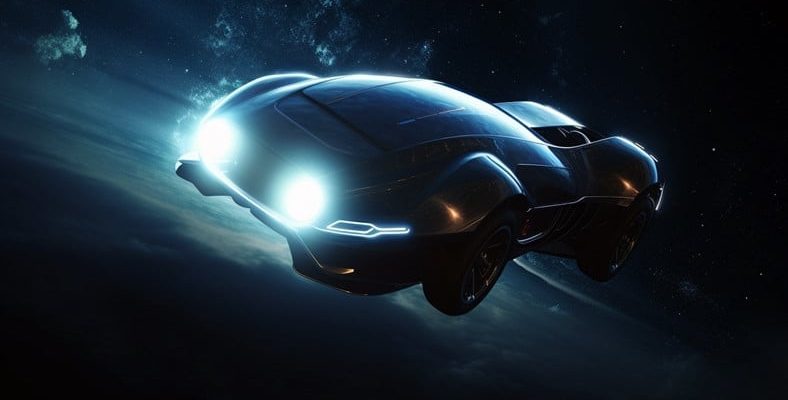As far as is known, the speed of light is the highest speed in the universe and no object can exceed this speed. Well, let’s say we have passed and we are in a car approaching the speed of light, how will we see in front of us? By turning on the headlights, of course. E headlights are also light, so at the speed of light! How does the light coming out of the headlights behave in such a situation?
The special theory of relativity, put forward by Albert Einstein in 1905, is still valid today. explains how moving objects and light behave. The most important assumption of the theory is that the speed of light is the same for every observer.
So how does this theory work for an observer in a car traveling at the speed of light (which is roughly 300,000 kilometers per second)? So when we’re in this car when we turn on the headlight Does the light stay behind us or does it illuminate in front of us?
To answer this question, the first thing to realize is how the special theory of relativity works.
Although this question may seem like a paradox to us at first, when we understand the basic principles of the special theory of relativity, we see that the question has a simple answer. According to the special theory of relativity; The observer in any vehicle, no matter what speed it is moving, as long as the vehicle is not accelerating (as long as it moves at a constant speed) yourself always “stands” well “does not movewill be detected as “.
For example, the Earth’s rotation around itself It is 350 m/sec at the latitudes of Türkiye.. So every second you count 1, 2, 3, actually You move 350 meters! But we don’t feel like it at all, do we? Because the Earth always rotates “constantly” at this speed.
The second thing to realize is the phenomenon known as Doppler shift.
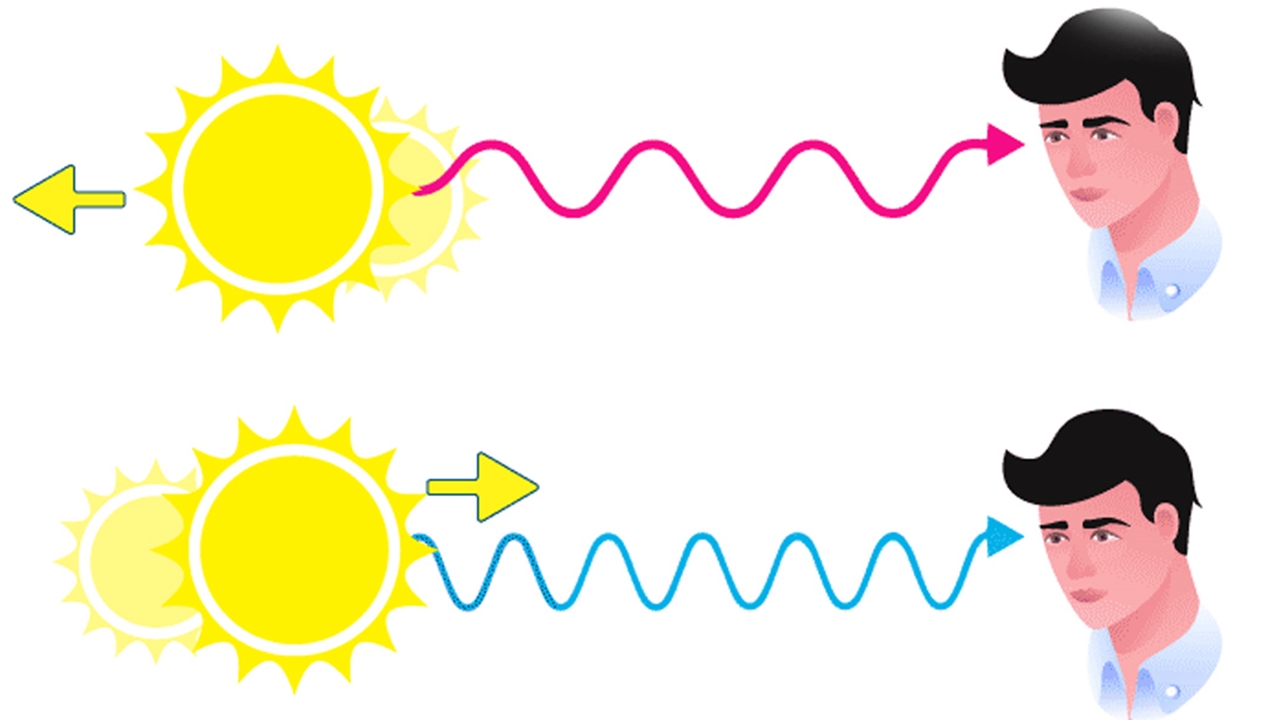
As we move at this speed, time slows down for us, lengths (wavelengths) get shorter, masses increase, and colors change. These effects are time dilation, length shortening, mass increase and Doppler shift known as. All of this is the result of the speed of light being constant for all observers, regardless of their motion.
So what does this mean for headlights?
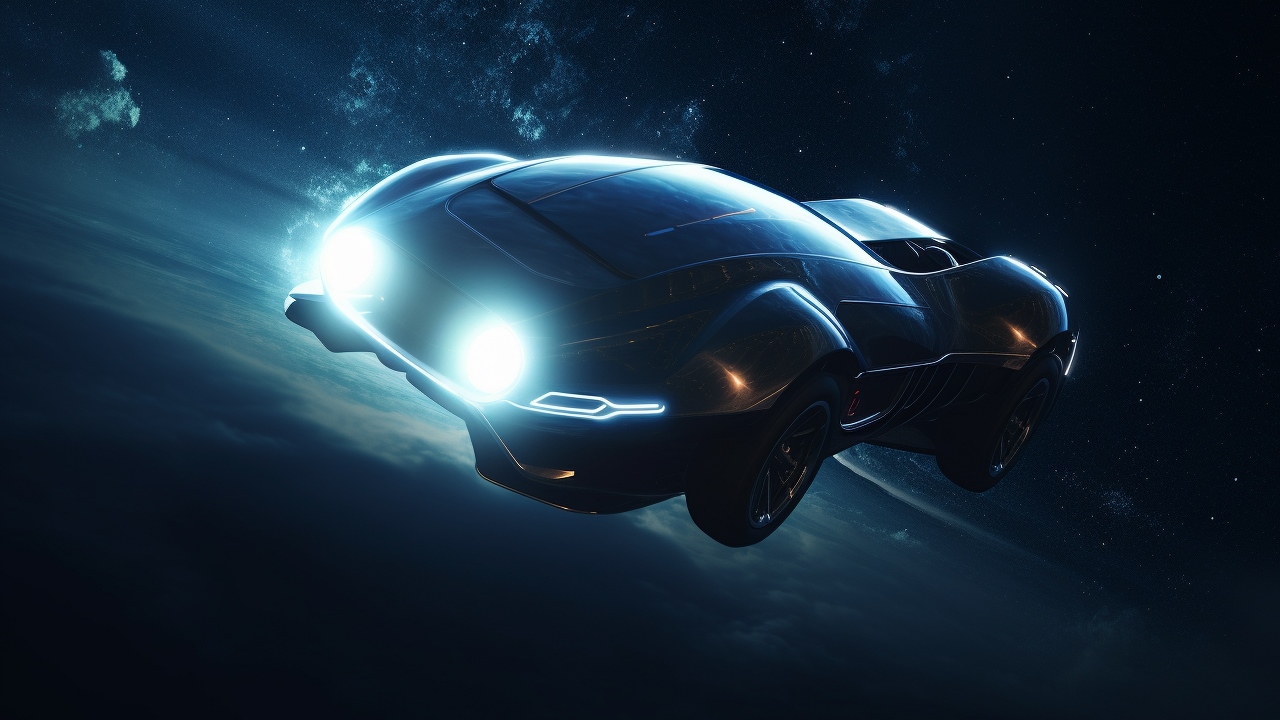
Suppose you are in a car and you turn on the headlight. In this case, you will see that your headlights light up in front of you normally. Because the light will move towards you at the speed of light and will illuminate whatever is in front of you. But in front of you if there is another car traveling at the same speedwhen your headlights hit it not illuminated You will notice.
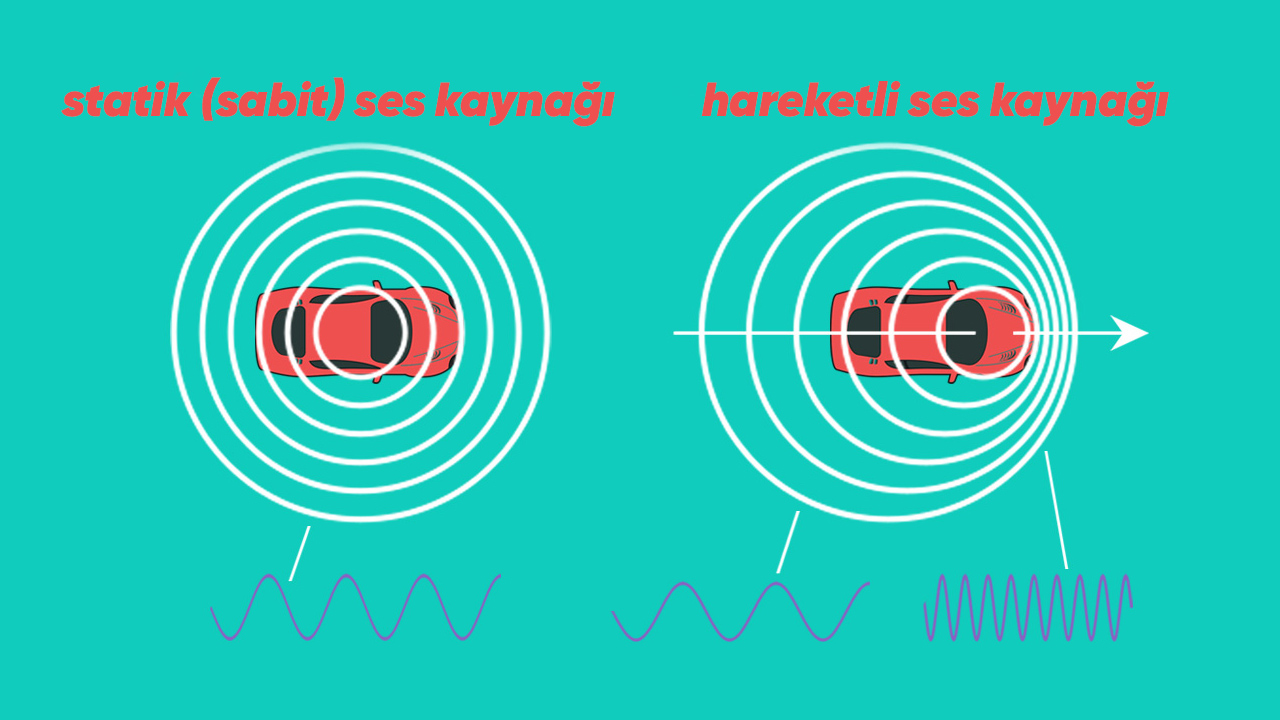
This is because, The reason is that both cars experience time dilation and from your point of view the other car’s clock runs slower than yours. In other words, it will take longer for the light reflected from the other car to reach your eyes than if both cars are stationary.
But what if you’re not in the car and standing on the side of the road? How would you see the car and its headlights?
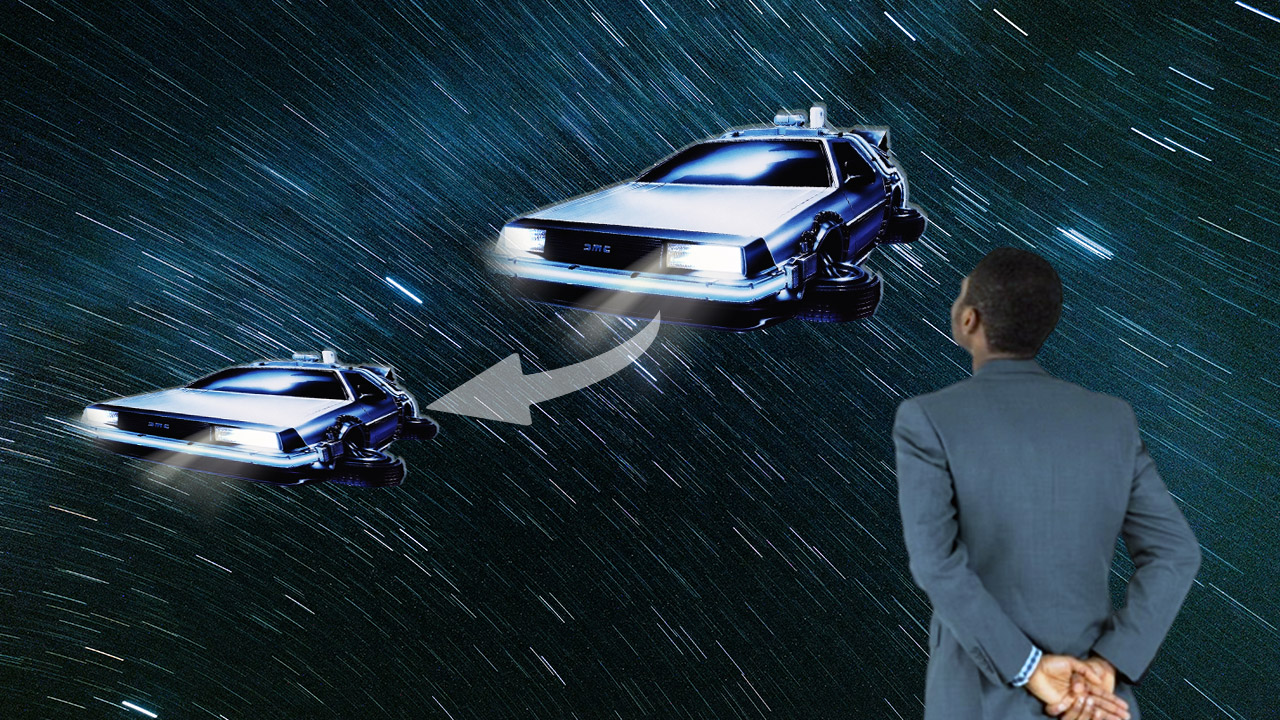
The answer is very different. First of all, you see the car as very crooked and flattened due to its shortening. It will also appear very heavy and slow due to the increase in mass. Its color shifts towards the blue end of the spectrum due to Doppler shift.
What about the headlights? You see them as very bright and narrow beams of high-energy radiation, such as x-rays or gamma rays. This is due to the Doppler shift of the light from the headlights by a large factor. is a blue shift. Since the transverse components of the light’s momentum will not change much compared to the longitudinal components, the beams will also be more focused along the direction of travel of the car.
So to summarize;
If you are in a car traveling at the speed of light and you turn on your headlights, from your point of view the headlights are you would see it working normallyhowever they would look very different to an outsider. If you were an outside observer watching a car traveling at the speed of light with the headlights on, you would see them very differently than they actually are.
Of course, this is all hypothetical and practically impossible. No matter how much energy you put into a car or any object with mass, it will never reach the speed of light. Only massless particles such as photons can move at this speed. But it’s fun and instructive to imagine what would happen if we could get past this limit and explore the strange and wonderful world of relativity.
RELATED NEWS
Video Explaining Einstein’s Brainstorming Theory of Relativity in 3 Minutes!
RELATED NEWS
